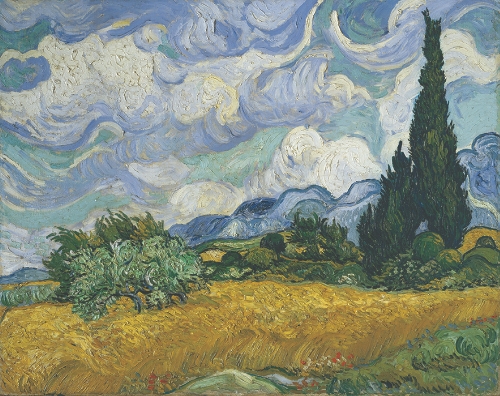Vincent van Gogh, one of the most famous and influential artists of all time, spent a significant portion of his life in various asylums. The reasons for his stays in these institutions have long been debated and remain somewhat shrouded in mystery. Let’s delve into the details of van Gogh’s time in the asylum and try to uncover the truth behind his mental health struggles.
The Sorrowful Spiral
Van Gogh’s mental health deteriorated rapidly during his time in Arles, France, where he cut off a portion of his ear after a heated argument with fellow artist Paul Gauguin. This incident led to his voluntary admission to the Saint-Paul-de-Mausole asylum in Saint-Rémy-de-Provence in 1889.
A Creative Oasis
Despite his struggles, van Gogh continued to produce some of his most famous works while in the asylum. During his stay, he created over 150 paintings, including iconic pieces such as “Starry Night” and “Irises”.
The Tortured Mind
Van Gogh’s letters to his brother Theo during his time in the asylum provide insight into his mental state. He described feeling isolated, misunderstood, and plagued by intense emotional turmoil.
The Aftermath
After a year in the asylum, van Gogh was released but continued to struggle with his mental health. He ultimately died by suicide in 1890, leaving behind a legacy of brilliance tinged with tragedy.
Unraveling the Mystery
The true nature of van Gogh’s mental health struggles and his time in the asylum may never be fully understood. However, his art continues to captivate and inspire audiences around the world, serving as a testament to the enduring power of creativity in the face of adversity.


